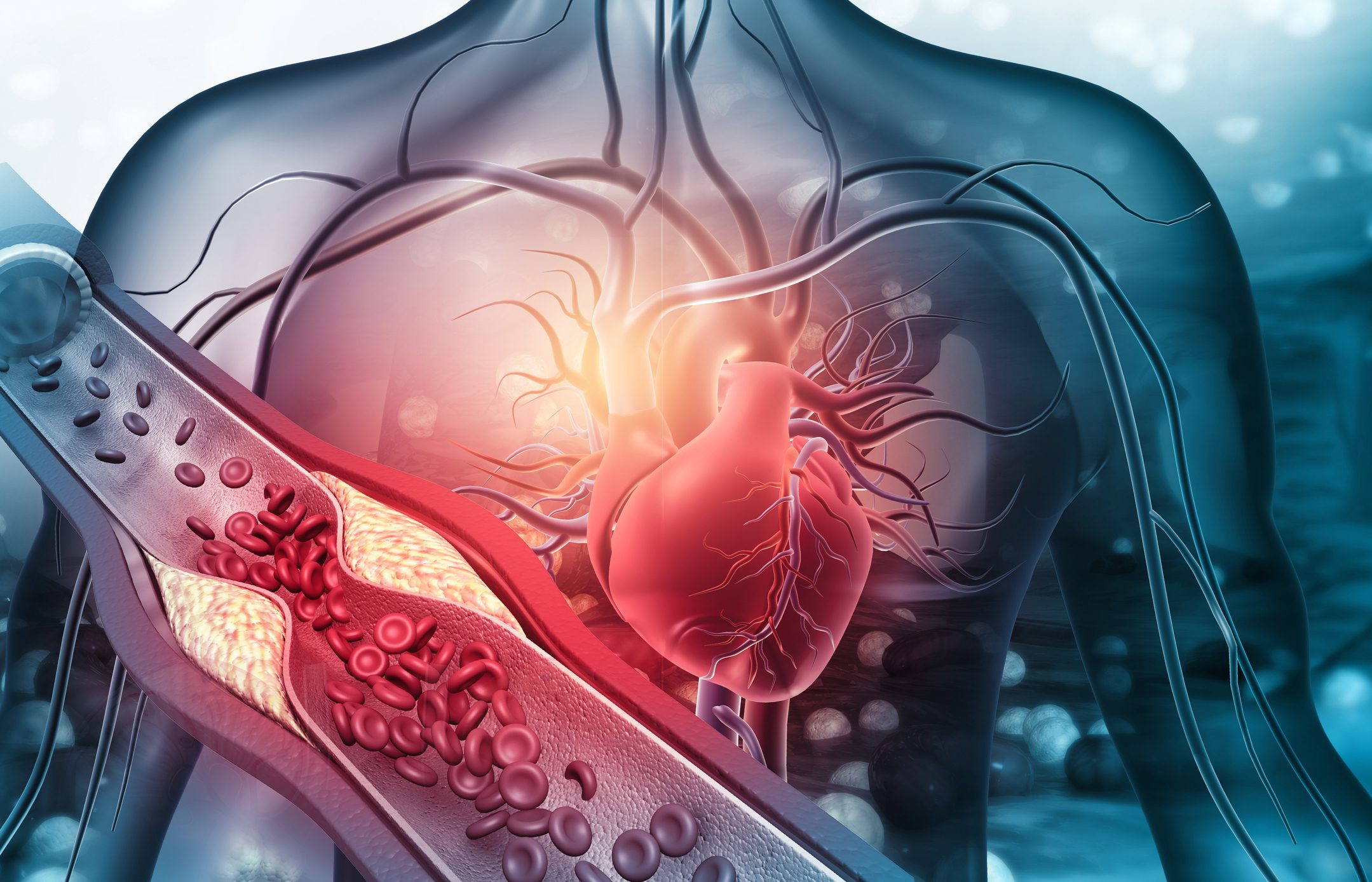
Fatigue, friend or enemy?
We are all afraid of the word that gives the title to this article., since many times we feel “fatigued” and that it is difficult for us to train or even in the day-to-day life of daily life. But the question I ask myself and we ask ourselves: what is fatigue? what types are there? When does each of them appear? Is everything so bad or does it have some positive point of view?
We are going to reveal this and other information in this article, classifying and characterizing each type of situation a little.
First of all, we must say that many phenomena are included within the concept of sports fatigue., of which the majority come from the world of exercise physiology.
We can classify it based on the time of appearance and the place of appearance, where it must be taken into account that fatigue is a continuous phenomenon in which there is no exact cut-off. With this we can classify it into three large groups:
- Acute.
- Subacute.
- Chronicle.
The first of them is the acute fatigue which usually appears after training or competition, producing a reduction in the athlete's performance or stopping exercise with immediate effect. This fatigue can affect a specific group of muscles, so we can say that it is local fatigue.. Otherwise, when it affects a large muscle group we can say that it's global.
The positive part of tiredness or fatigue is found with acute fatigue since it is necessary to be able to give effect to the phenomenon of fatigue. supercompensation or compensation, essential element in the training process of any sport and that helps us improve the physical condition of our athletes. Its regeneration is in a matter of hours or days.
Fatigue subacute It is characterized by several relatively intense training microcycles with few hours of regeneration.. This often occurs because the athlete performs training cycles of higher intensity or volume than he or she is accustomed to..
This type of fatigue is also necessary to stimulate adaptation and supercompensation of the athlete and if it is controlled there should be no problem for the performance of this. The restoration of this is in a matter of a week to several, depending on the training load that the athlete has endured.
Chronic fatigue or overtraining syndrome (ESS) It will appear in the athlete when the training – competition and recovery cycle is unbalanced., causing fatigue and progressively reducing the athlete's performance. It is a global fatigue where not a single muscle group is involved but rather affects the entire body..
This type of fatigue is differentiated from the others by the severity and duration of the symptoms that accompany it., especially in the necessary recovery time.
We can say that its regeneration lasts several months in some cases..
It will be the last step, pathological, of the adaptive processes that occur with a series of symptoms and signs, that affect the entire organism.
Given the importance of our health, I am going to highlight a little the causes of this fatigue, always differentiating from a medical approach, dividing the causes into physiological or pathological (Derman et al. 1997).
Physiological fatigue – causes:
- Induced by excessive training and/or competition.
- Nutritional.
- Insufficient sleep and rest.
- long trips.
- Pregnancy.
Pathological fatigue – causes:
- viral infections, such as bacterial or parasitic.
- Hematological alterations: lack of iron, anemia…
- Neoplasms.
- cardiorespiratory pathology.
- Neuromuscular pathology.
- Endocrine and metabolic pathology.
- Medication-induced fatigue.
- Symptoms of malabsorption, allergies.
Viewing these lists of causes, We can say that physiological fatigue is basically caused by training and poor adaptation to it or excess load.. It would be inadequate training on the part of the athlete and his sports planning along with a series of deficiencies that do not help assimilate the load..
On the other hand, Pathological fatigue will be that which appears without being caused by excessive or inadequate training.. It is given for medical reasons where the athlete shows a series of symptoms that can be assessed through submaximal or maximum physiological tests., blood test, simple psychological tests (OMS) or training diaries where a series of data is monitored that can show us various symptoms, among the most controlled:
- Heart rate upon awakening.
- Hours and quality of sleep.
- Recovery perception.
- Weight.
- mood.
- Intensity, training volume and density.
- Subjective perception of fatigue.
- Perception of other symptoms: muscle heaviness, itchy throat, tos, nausea, vomiting, diarrhea
With these variables we can intuit the real state of the athlete and we can specify more about post-workout recovery or after loading microcycles.. It is a control tool that is important for us coaches..
In conclusion we can say that Fatigue is necessary for adaptation in training but not in excess, since if we go too far it can be harmful and take long or very long periods of recovery for our body or even with irreversible effects in some cases..
Cardiovascular adaptations to resistance training
In this entry we will talk about our "engine" or our cardiovascular system, which is composed
metabolic pathways
As we know, there are cyclists who do better on the flat and others who do better on the climb.. Some to whom
Time change or jet lag
Rapid travel across multiple time zones leads to a desynchronization of rhythms





